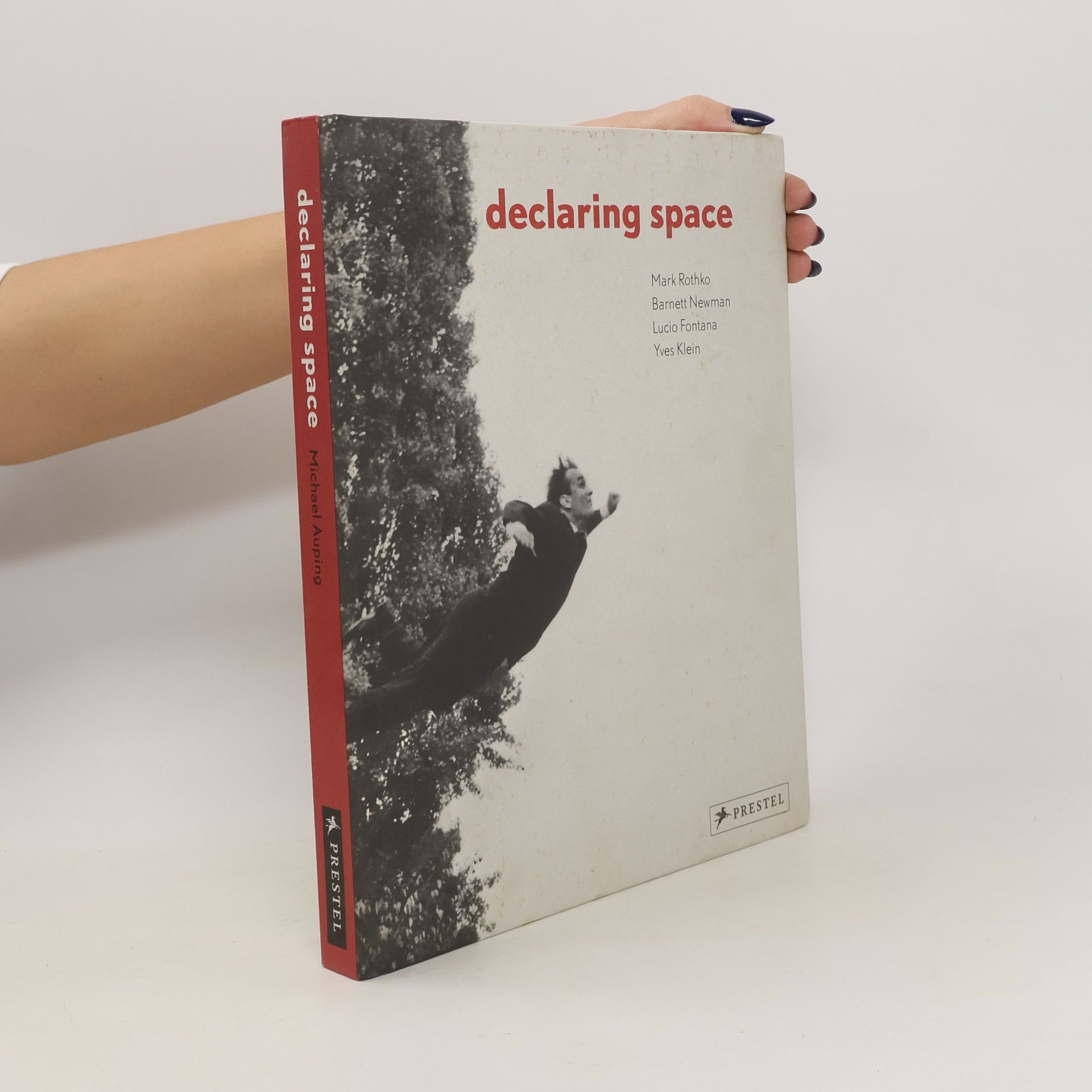Declaring space
- 184bladzijden
- 7 uur lezen
The evolution and philosophy of color field painting, as revealed by four masters of the movement. Developed at the tail end of the abstract expressionist movement, color field painting is distinguished by pure, unmodulated areas of color, flat, two-dimensional space, and large, often irregularly shaped canvases. The genre is often associated with American painting, but was actually embraced by an international group of artists. Four of the most exciting of those practitioners are the focus of this penetrating study. Michael Auping sees the work of each of these artists as representing a different stage in the development of abstract painting in the 1950s and 1960s. He comments, "To my mind Rothko draws back the curtains, if you will, on the opening up of this space. Newman emphatically `declares' an almost totemic space, while Fontana literally slices through the picture's plane with a razor, and Klein, as he pronounced it, leaps into the void." Illustrated with color images of the artists' seminal works, Declaring Space shows how each painter made his own individual mark in a new realm of abstract art.

